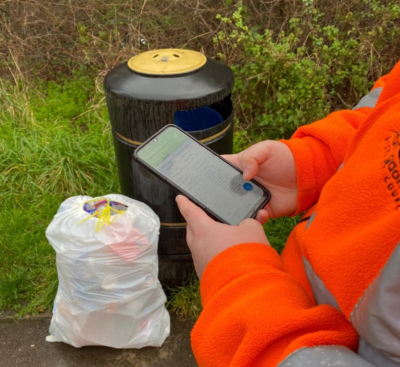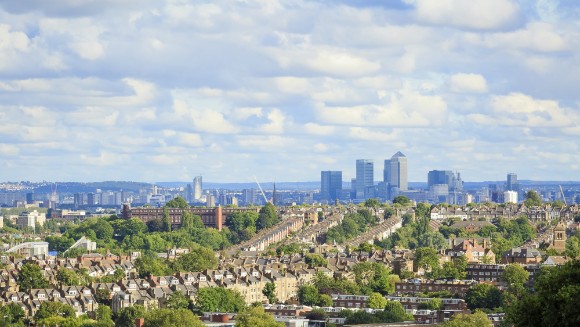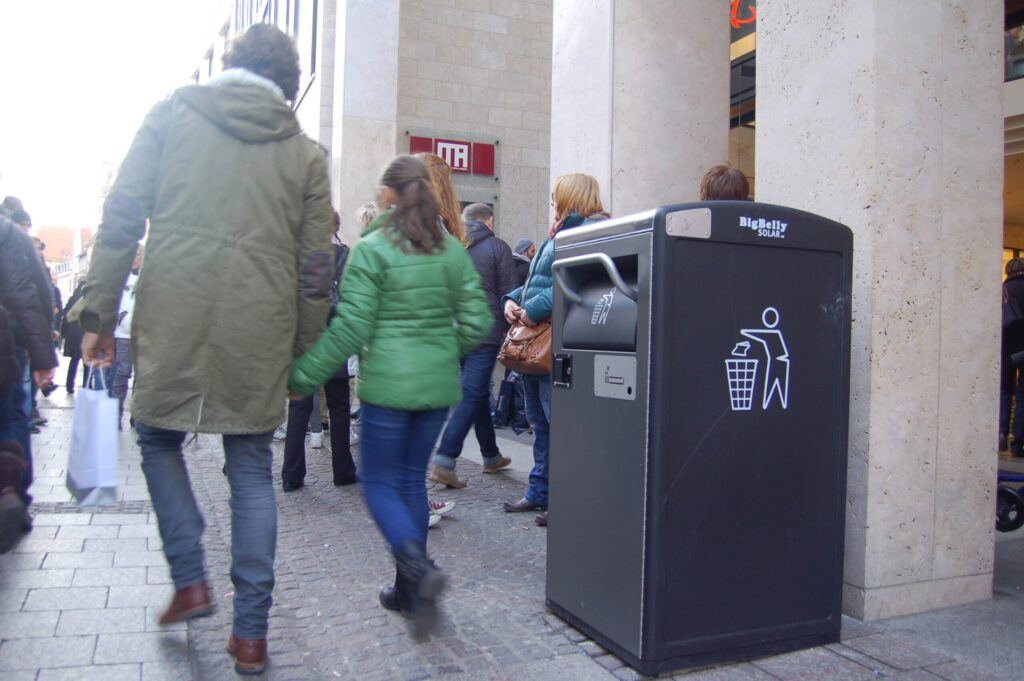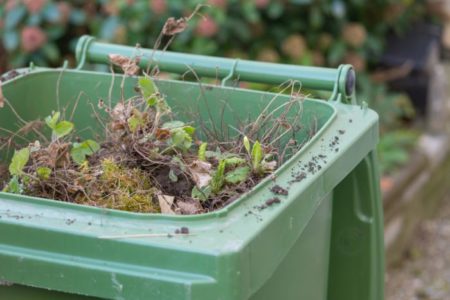
The authority today (22 June) announced that 360 of its 110 litre bins, which amount to around a third of the council’s 1200 litter bins, have been fitted with fill level sensors.
The sensors have been supplied by Egbert Taylor and provide “up-to-the-minute updates” on how full each litterbin is and if it needs emptying.
Currently, there are 100 sensor-equipped litterbins in place following a trial last year, which saw collections reduced from what would have been 13,200 to 9,651 between 22 May – 31 December 2020. Now, on average, every bin is emptied every three days instead of every day, five days a week.
The remaining 260 units are being rolled out in busy areas including Huntingdon, Ramsey and St Ives. A selection will also be rolled out to litterbins in outlying areas.
‘Greater service’
Executive councillor for operations and environment, Marge Beutell, said: “With the addition of these new sensors it enables our teams to be more efficient on collection days, knowing exactly where they need to be, and which bins require emptying. It allows us to provide a greater service for residents as we can adjust our focus accordingly and have a greater and more targeted impact with our efforts. The council is always looking for ways to improve our services and small changes such as these sensors provide a huge and positive change to street cleansing across Huntingdonshire.”
Gregory Cutts, sales and operations executive for Egbert Taylor, adds: “As budgets continue to shrink, councils are continually looking for ways in which to make their resource go further. Sensor technology is a cost-effective way to turn traditional bins into IoT-ready assets without investing in fleets of new containers. We expect to see many more councils take Huntingdonshire’s lead as the pressure to deliver more for less continues to grow.”
The council recorded a recycling rate of 56% in 2019/20, according to Defra data, and serves a population of around 178,000 residents.








Subscribe for free